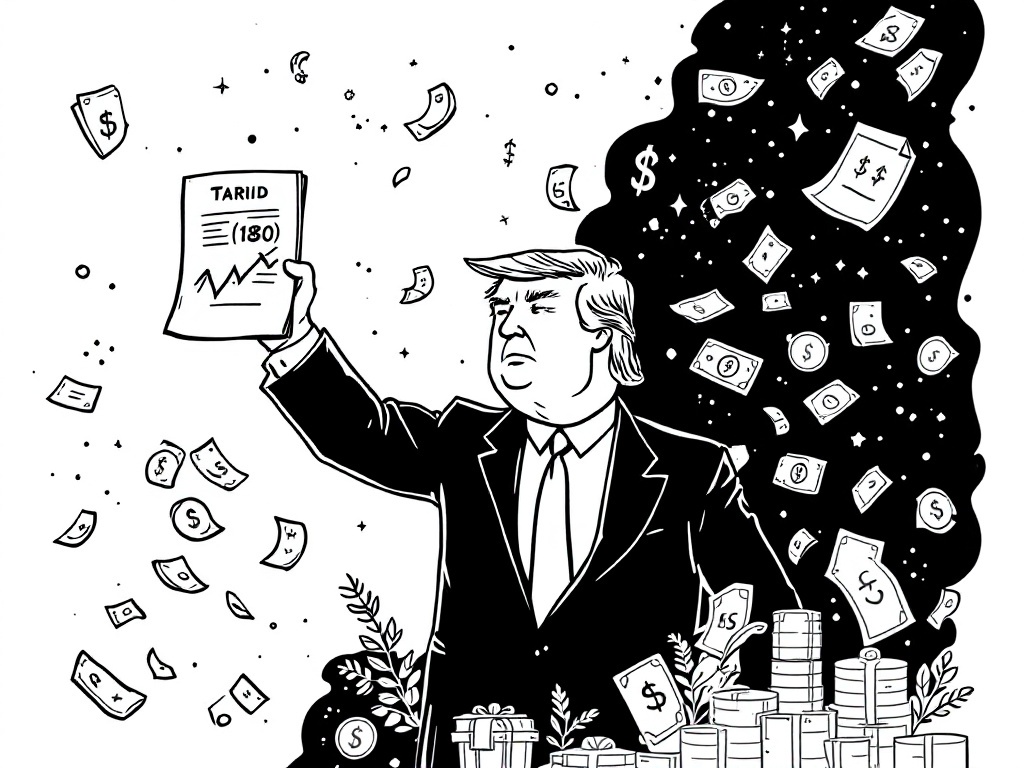Trump Implements Unprecedented Reciprocal Tariffs on 180 Countries

Washington D.C., Thursday, 3 April 2025.
President Trump launches significant tariffs, ranging from 10% to 50%, on 180 countries, aiming for trade balance and sparking potential global trade tensions.
Sweeping Trade Policy Shift
In a dramatic reshaping of global trade relations, President Donald Trump announced on April 2, 2025, the implementation of wide-ranging reciprocal tariffs affecting more than 180 countries [1]. The tariffs, ranging from 10% to 49%, are designed to match the rates that the United States is charged by these nations, with Trump describing them as ‘discounted reciprocal’ rates [1]. Countries not specifically targeted will face a baseline 10% tariff on their exports to the United States [1].
Major Trading Partners Impact
The new tariff structure particularly affects key trading relationships, with China facing a 34% tariff (compared to its 67% rate on U.S. goods), the European Union seeing a 20% rate (versus its 39% charge), and Vietnam encountering a 46% tariff (in response to its 90% rate) [1]. The announcement has already triggered significant market reactions, with Asian markets experiencing substantial declines - Japan’s Nikkei 225 falling over 4% and South Korea’s KOSPI dropping 3% [7].
International Response and Economic Implications
The European Union has signaled a strong retaliatory stance, with European Commission President Ursula von der Leyen warning that Europe has ‘a strong plan’ for countermeasures [6]. The EU, as America’s largest single market for goods exports, holds significant leverage in this trade confrontation [6]. Economic experts predict potential global economic losses of up to $1.4 trillion as trade patterns shift and prices increase [5]. The automotive sector appears particularly vulnerable, with foreign manufacturers like Toyota and Nissan facing potential price increases of up to $10,000 per vehicle [4].
Implementation Timeline and Global Implications
White House Press Secretary Karoline Leavitt has confirmed the immediate effectiveness of these tariffs [1]. Treasury Secretary Scott Bessent has indicated that the measures will particularly target what he terms the ‘Dirty 15’ countries, which are primarily responsible for the U.S. trade deficit [7]. The move represents what experts describe as a fundamental shift away from decades of economic globalization [5], with Trump characterizing the announcement date as ‘Liberation Day’ in his pursuit of reformed trade relationships [3].